Lead Time, Stability, and Operational Costs
Improving Lead Time
DevOps helps stabilize software development by addressing issues caused by frequent updates. Automating early error detection prevents minor issues from becoming major production problems.
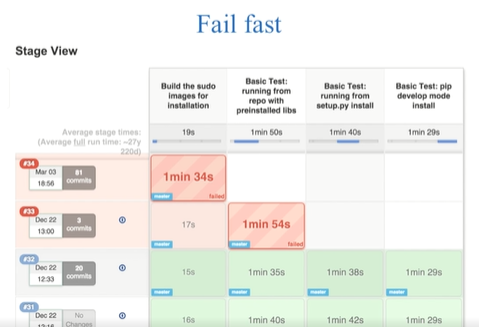
Detecting issues early saves time and reduces costs, as fixing them in production is much more expensive. Lead time in DevOps refers to the period from idea generation to release.
Case Study: Kio Products Unlimited (KPU)
KPU moved from monthly to daily deployments but still faced challenges with rising traffic on their marketplace. They wanted to add features like user forums and new products but were cautious due to past deployment issues causing long downtimes.
-
Development Cycle:
- Code created over weeks and then reviewed by QA
- Code is handed to operations for scheduled Saturday deployment
-
Deployment Process:
- Operations updated one server at a time
- Often facing errors without specific diagnostics
Manual troubleshooting by multiple teams slowed deployment and lacked automation, which hindered efficiency.

DevOps Transformation
Under a new CTO, KPU embraced DevOps. Key changes included:
- Baseline Metrics: Lead time, uptime, deployment frequency, MTTD, and MTTR were tracked.
- Cross-Functional Teams: Developers, QA, security, and operations worked together with no hand-offs.
- Full Ownership: Each team managed its product from development through production.
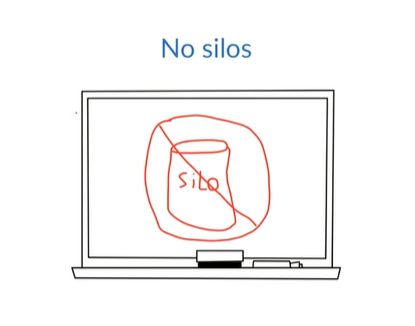
Continuous Integration
With Jenkins, KPU implemented continuous integration:
- Code was automatically built and tested
- Code is marked successful if all tests passed
- QA and security teams helped set up load and security tests.
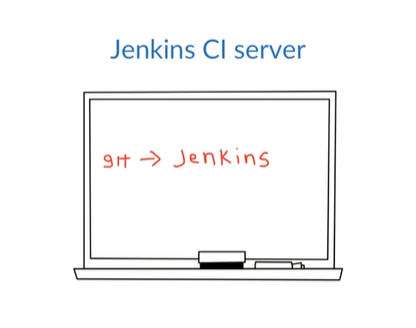
Feature Toggles allowed safe deployment of unfinished features without affecting production, keeping the main branch as the main code source.
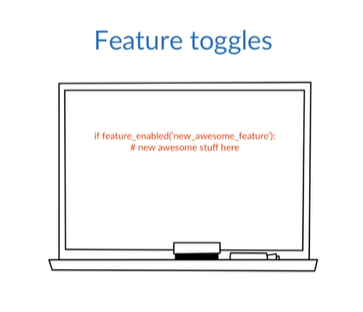
This new approach enabled multiple stable deployments per day.
- Developer and operations collaboration improved code quality
- Improved code reduces server usage.
- Supported elastic scaling, adding servers based on demand.
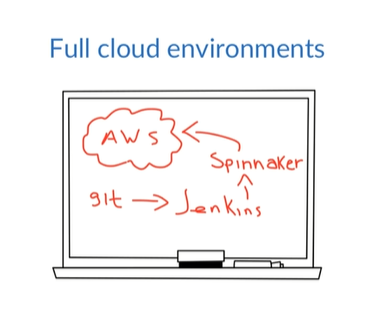
Autoscaling triggered new servers built with Spinnaker, and the blue-green deployment model allowed quick rollbacks when needed.

Key Takeaways on Lead Time Improvement
Optimizing lead time requires reducing constraints in the entire pipeline. DevOps enables efficient delivery from idea to release, creating a structured path for improvements in speed and reliability.
- Continuous Deployment: Enables multiple daily deployments, eliminating major delays.
- Focused Development: Developers focus on new features, not troubleshooting.
- Steps Taken:
- Measured progress with baseline metrics.
- Shifted to a collaborative, automated DevOps culture.
- Automated continuous delivery.
Enhancing Stability
Using Kio Products Unlimited’s move from monthly to daily deployments as an example, here’s how DevOps improved stability.
Frequent changes often introduce risks to stability. KPU's manual processes and siloed teams led to extended downtimes and burnout. Through DevOps, KPU achieved a more stable system by implementing key changes:
-
Cultural Shift: Breaking down silos and forming cross-functional teams enabled developers, operations, QA, and security to solve issues collaboratively, improving quality and stability.
-
Metrics: Tracking metrics provided a baseline for performance, helping teams spot and fix issues quickly, leading to a more resilient system.
-
Automation: KPU automated testing and deployment, using continuous integration to catch errors before production. Elastic infrastructure adapted to traffic demands, while blue-green deployments and immutable servers enabled smoother transitions.
In short, DevOps enhances stability by embedding quality into processes, automating infrastructure, and ensuring predictable, reliable deployments.
Reducing Operational Costs
In addition to improving lead time and stability, DevOps practices can significantly reduce operational costs.
Consider the financial toll of downtime: for major companies like Amazon, PayPal, or Stripe, even an hour of outage can result in millions in lost revenue. Beyond the monetary impact, repeated outages can harm public perception and erode trust in a product, making reliability essential.
Here’s how Acme Products Unlimited cut operational costs:
-
Product Stability: By enhancing code quality and processes, KPU decreased operational disruptions and associated costs.
-
Efficient Deployments: Daily deployments reduced lead time, allowing KPU to release features quickly and retain users.
-
Reduced Unplanned Work: With fewer emergencies, engineers could focus on creating value, lowering operational costs.
-
Higher Job Satisfaction: Less firefighting led to less burnout and turnover, stabilizing staffing costs.
In summary, DevOps helped KPU lower costs by improving stability, accelerating feature releases, minimizing unplanned work, and boosting job satisfaction.